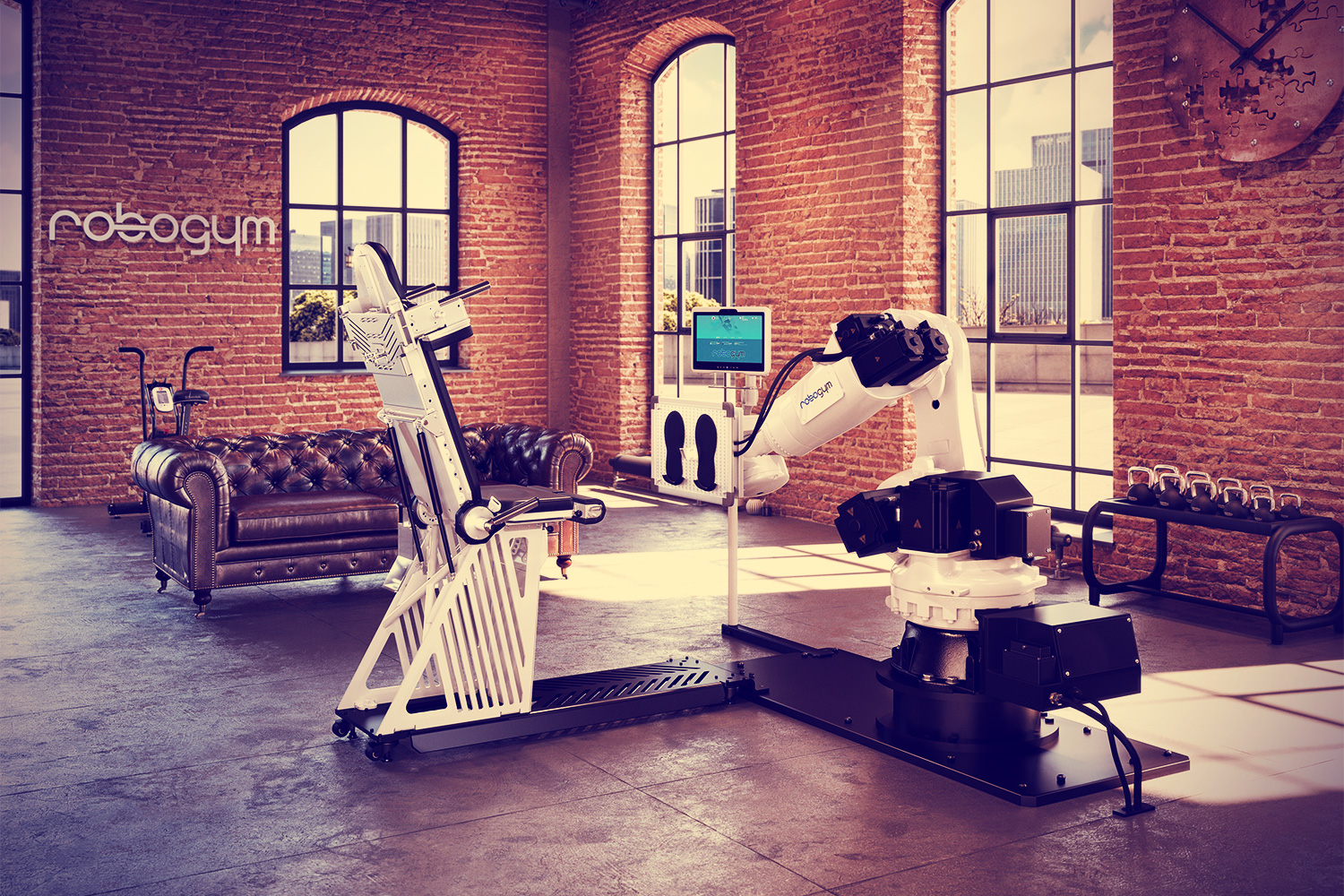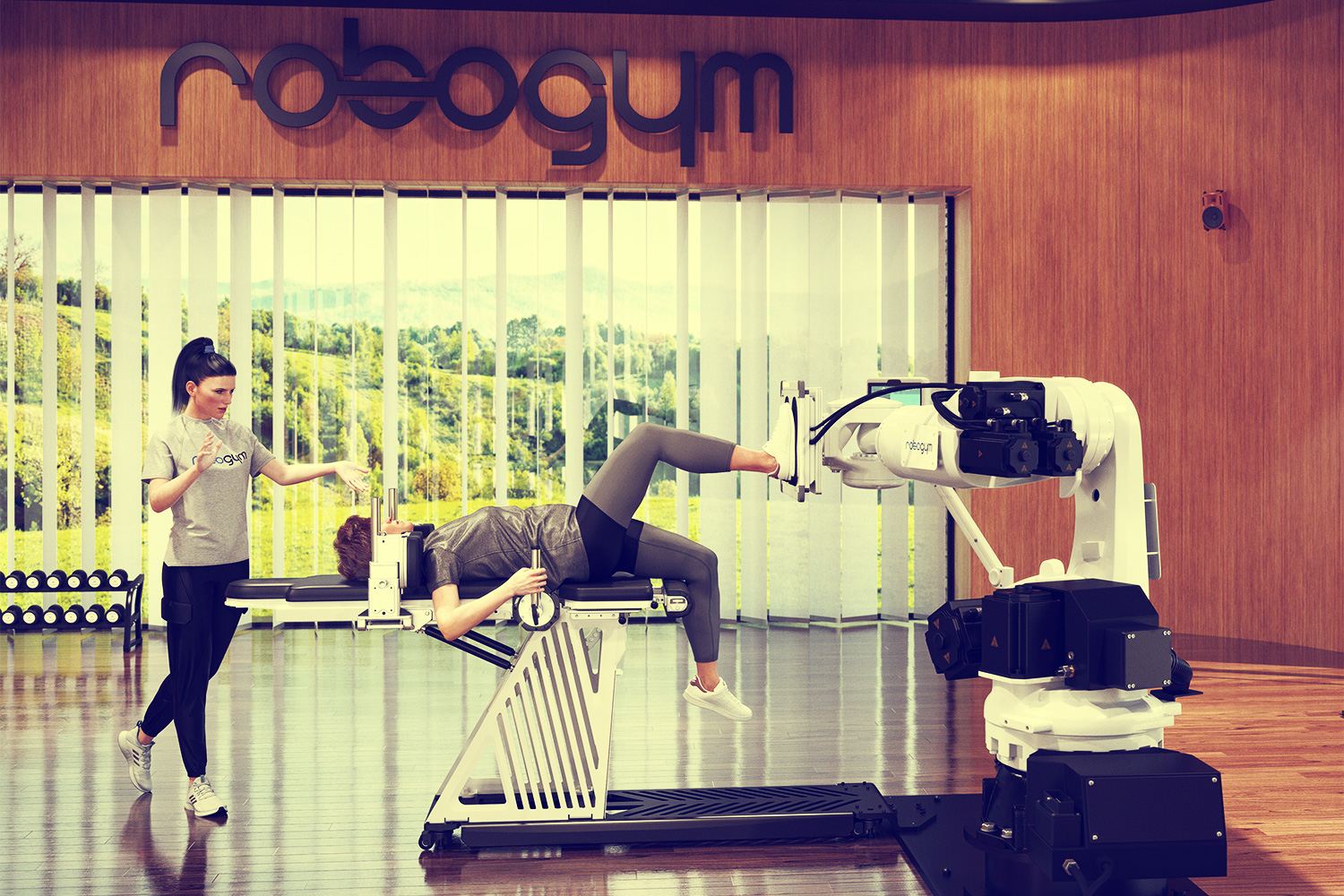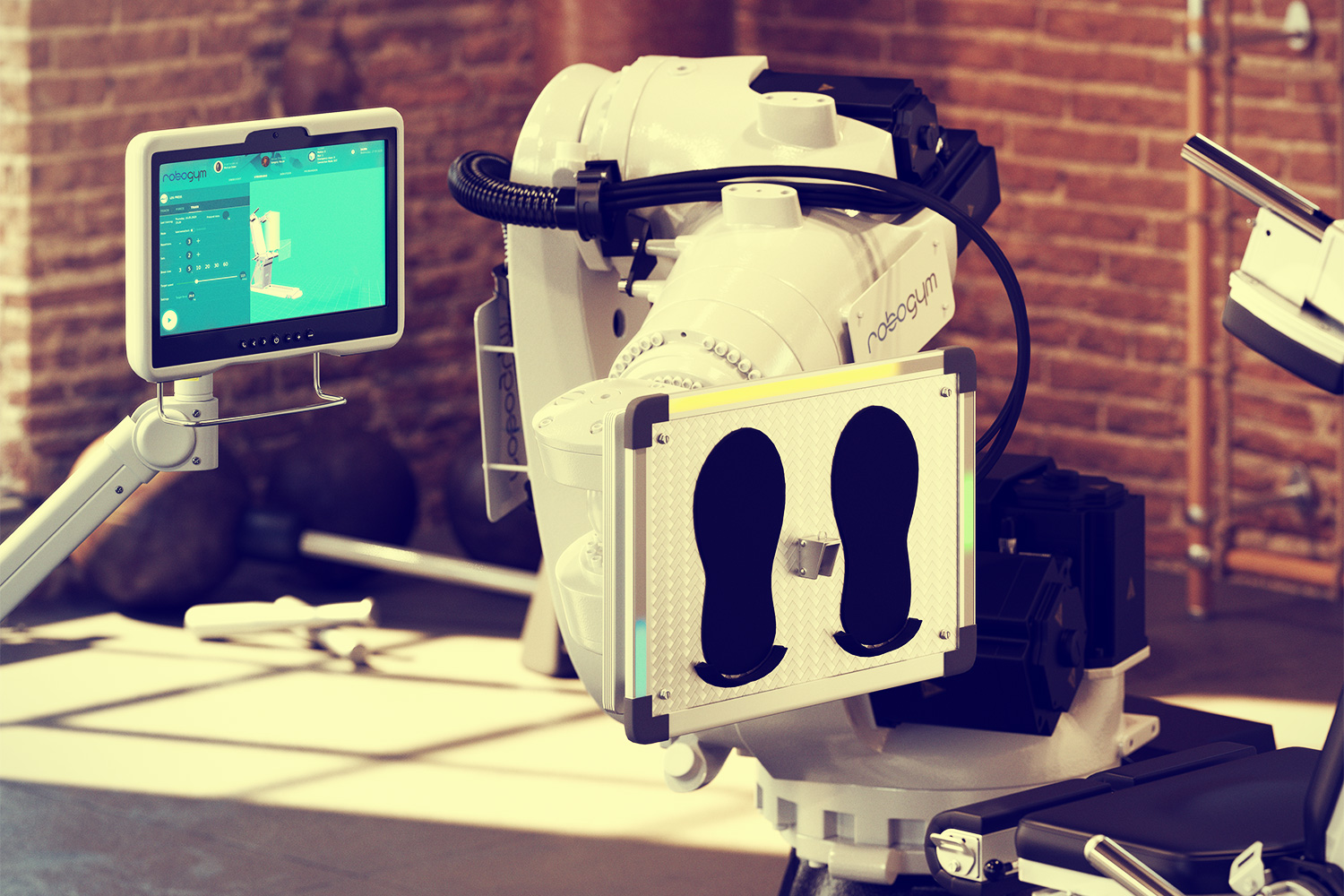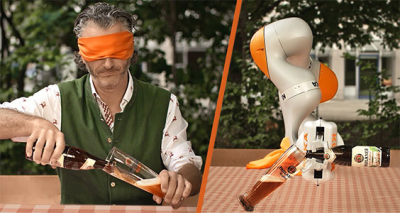
Die igus Steuerungssoftware für herstellerunabhängige Robotik wächst – Lebai, Hitbot und Lynx Motion jetzt verfügbar
Köln, 3. Juni 2025 – Automatisierung muss nicht kompliziert sein – mit RobotCtrl wird sie für Unternehmen jeder Größe noch zugänglicher. Durch die intuitive Steuerungssoftware von igus lassen sich auf dem Online-Robotik-Marktplatz RBTX erhältliche Roboter unabhängig vom Hersteller einheitlich bedienen und Zubehör wie Kameras, Greifer oder Roboterzellen integrieren. Damit reduziert RobotCtrl die Bedienungskomplexität und den Integrationsaufwand für Einsteiger und Profis erheblich. Neu hinzugekommen ist die Unterstützung der Robotikhersteller Lebai, Hitbot und Lynx Motion.
Als führender Marktplatz für Robotik und Automatisierung vereint RBTX über 175 Anbieter und mehr als 850 Roboter und Komponenten an einem Ort. Ob Greifer, Sensoren oder komplette Robotersysteme – hier finden Interessierte alles, was sie für ihre Automatisierung benötigen. Mit der von igus entwickelten RobotCtrl wird die Integration und Steuerung von Low-Cost-Automatisierung noch flexibler und einfacher als je zuvor. Auf RBTX erhältliche Roboter können mit der Software einheitlich programmiert und gesteuert werden. Nutzer profitieren von einer verringerten Einarbeitungszeit, da sie nur eine einzige Software beherrschen müssen. Die Möglichkeit, Roboter verschiedenster Hersteller mit nur einer Steuerung zu programmieren, spart allerdings nicht nur Zeit und Schulungskosten, sondern eröffnet Unternehmen auch neue Möglichkeiten für eine herstellerunabhängige Automatisierungsstrategie. Dank des modularen Aufbaus unterstützt RobotCtrl verschiedene Roboterkinematiken unterschiedlicher Hersteller, darunter igus, Fanuc, KUKA und viele mehr. Dies ermöglicht eine nahtlose Integration verschiedener Robotiksysteme in bestehende Produktions- und Automatisierungslösungen. Die Bewegungsabläufe der Roboter können auf einer 3D-Oberfläche simuliert werden – ohne dass der Roboter physisch angeschlossen sein muss. „Dies erleichtert die Planung und Entwicklung neuer Prozesse und ermöglicht es Automatisierungsstrategien effizient zu testen bevor sie in die Praxis umgesetzt werden“, macht Alexander Mühlens, Leiter Geschäftsbereich Low-Cost-Automation bei igus, deutlich. „Unternehmen können somit schneller auf Marktanforderungen reagieren, Produktionsprozesse effizienter gestalten und so Kosten sparen.“
Roboter-Programmierung leicht gemacht
RobotCtrl wurde bereits erfolgreich mit führenden Herstellern getestet. Nutzer können somit sicher sein, dass sie mit einer bewährten und zuverlässigen Software arbeiten. Ein weiterer Vorteil von RobotCtrl ist die benutzerfreundliche grafische Oberfläche, die eine intuitive Programmierung erlaubt. Dank einer Drag-and-Drop-Funktion können Bewegungsabläufe einfach erstellt und angepasst werden. Dies reduziert den Programmieraufwand und macht die Software auch für Anwender ohne tiefgehende Programmierkenntnisse leicht verständlich. Besonders für kleine und mittelständische Unternehmen, die bisher vor der Komplexität der Robotik zurückgeschreckt sind, bietet RobotCtrl eine praxisnahe und kosteneffiziente Lösung. „Unser Ziel ist es, Automatisierung so einfach und zugänglich wie möglich zu gestalten“, stellt Alexander Mühlens heraus. „Mit RobotCtrl ermöglichen wir Unternehmen jeder Größe, einen kostengünstigen und flexiblen Einstieg in die Automatisierung.“
Weitere Informationen zu RobotCtrl und mehr als 650 erfolgreich durchgeführte Anwendungsbeispiele finden sich auf der Plattform RBTX: rbtx.com


 That’s precisely what the RoboGym development team is dealing with, along with similar questions in a research project entitled RoSylerNT, which is being funded by the Federal Ministry of Education and Research. Over the past three years, the experts at RWTH Aachen University, the German Sport University Cologne, and BEC GmbH have jointly developed a multifunctional, robotic weightlifting device that will, on the one hand, help athletes to increase their own performance even further and to shorten the recuperation period following an injury. On the other hand, individual adjustments to the requirements of the person exercising also make it suitable for training in later years in a way that’s gentle on the joints and thus preserves muscle strength and prevents injuries.
That’s precisely what the RoboGym development team is dealing with, along with similar questions in a research project entitled RoSylerNT, which is being funded by the Federal Ministry of Education and Research. Over the past three years, the experts at RWTH Aachen University, the German Sport University Cologne, and BEC GmbH have jointly developed a multifunctional, robotic weightlifting device that will, on the one hand, help athletes to increase their own performance even further and to shorten the recuperation period following an injury. On the other hand, individual adjustments to the requirements of the person exercising also make it suitable for training in later years in a way that’s gentle on the joints and thus preserves muscle strength and prevents injuries.


